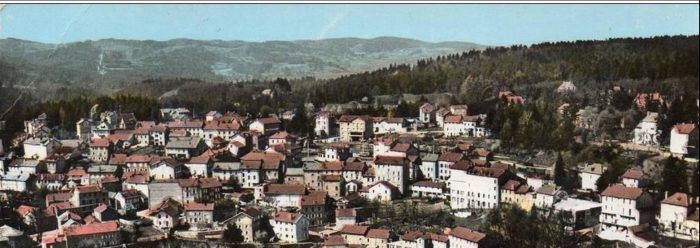
Magda and André Trocmé in the Archives
This Holocaust Remembrance Day, the International House Archives is proud to honor Alumni Magda and André Trocmé ’25. During World War II, with the French village of Le Chambon-sur-Lignon, they are credited with saving an estimated 5,000 refugees, the majority of whom were Jewish children, from Nazi concentration camps.
Born in Florence, Italy, Magda Grilli (1901-1996) emigrated to the United States to study at the New York School of Social Work and live at International House in 1925. During that time, André Trocmé (1901-1971), a French student at Union Theological Seminary, became a member of the House while he tutored John D. Rockefeller Jr.’s children. After a mutual friend, a Swiss resident studying at UTS, introduced André to Magda in the I-House cafeteria, the pair quickly became engaged.


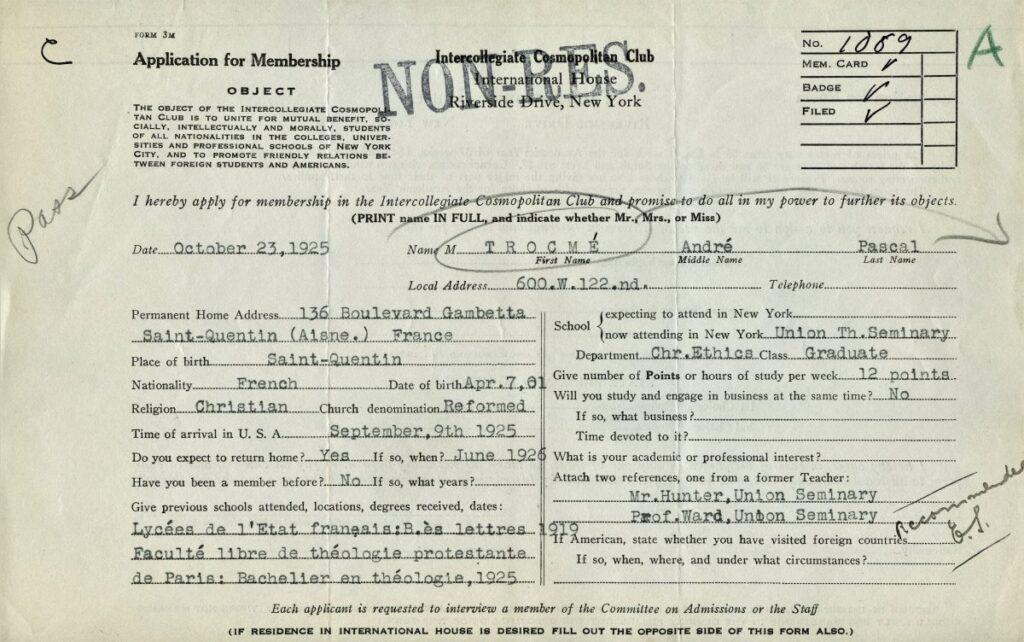
After the wedding, Magda and André started a family and eventually settled in Le Chambon-sur-Lignon, a remote village in the mountainous region of southern France. André became a charismatic spiritual leader for a local Protestant congregation, and Magda taught Italian at the local Collège Cévenol while raising the couple’s four children. Following the onset of WWII, the Trocmés’ village came under the rule of the Vichy police and the Gestapo. Despite being located in the Unoccupied Zone in the south and officially independent, this regime was authoritarian, xenophobic, and antisemitic, adopting a policy of collaboration with Nazi Germany, decreeing the deportation and incarceration of all Jews in France.
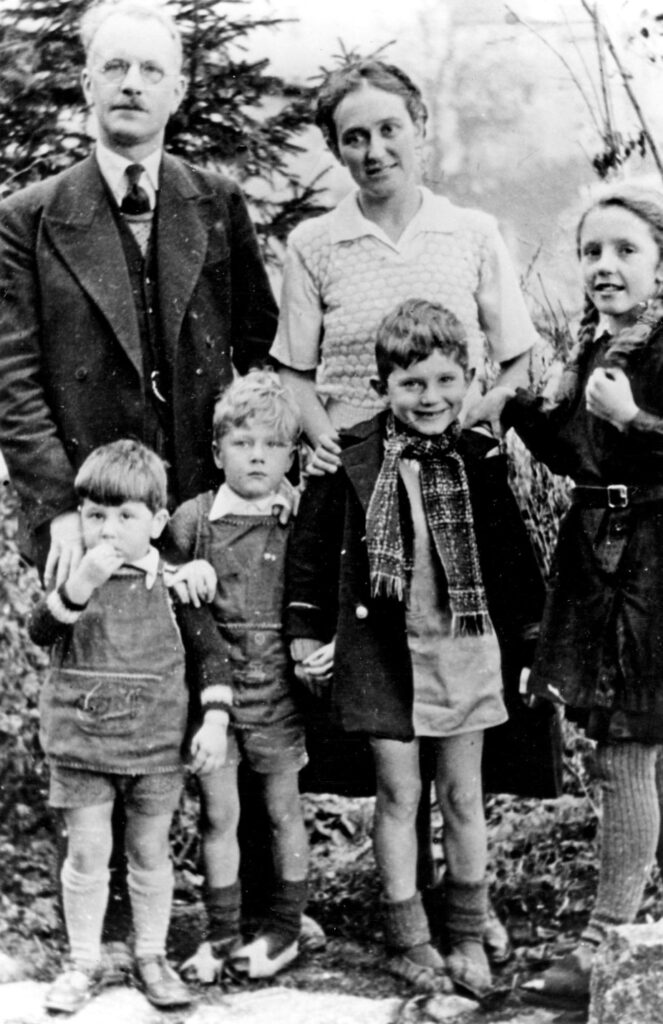
Pacifists to the very core, the Trocmés were guided by the principle that the only rational antidote to violence is nonviolence. After Magda began inviting Jewish refugees into their home, the couple would establish what would come to be known as the “Kitchen Resistance” movement against the Nazis, urging their fellow villagers to give shelter to “the people of the Bible.” In response, with little regard for their own safety and under the surveillance of the Vichy police and the Gestapo, the remote village of Le Chambon-sur-Lignon quickly organized itself into a massive rescue center for Jews.
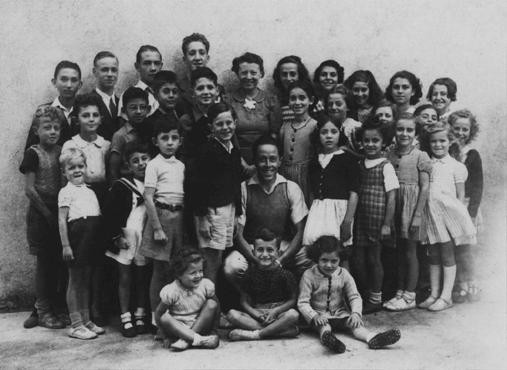
Due to its proximity to the railroad station where refugees arrived daily, the presbytery that housed André and Magda Trocmé served as a staging area for the operation. For her part, Magda worked to create a network of volunteers willing to provide refuge to Jews and helped local schools absorb the influx of Jewish children. André remained an active leader in the Church, guiding the community to band together to rescue Jews, viewing it as their Christian obligation. After the Vichy authorities became suspicious, they demanded the pastor cease his activities. His response was clear-cut:
“I do not know what a Jew is. I only know human beings.”
Neither pressure from the authorities nor searches by security agents diminished the resolve of the “Kitchen Resistance.” Collectively, the Trocmés and the villagers of Le Chambon concealed, cared for, and led an estimated 5,000 Jewish men, women, and children who sought refuge to safety. Moreover, they absorbed refugee children into their homes and schools and educated them for the duration of the war.
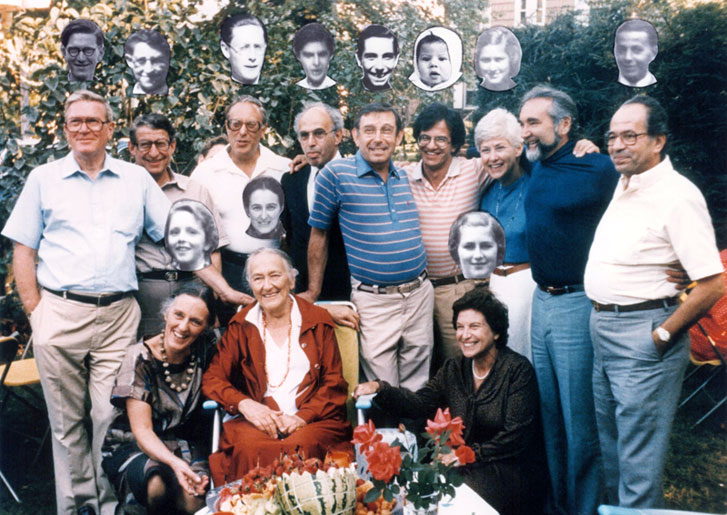
Considered heroes, Magda Trocmé, could never understand the attention. According to her, she and her husband had done nothing more than provide obvious help to those in obvious need. Reflecting on her choices years later, Magda stated,
“Those of us who received the first Jews did what we thought had to be done—nothing more complicated… There was no decision to make.”
On January 5, 1971, Yad Vashem, The World Holocaust Remembrance Center, recognized André Trocmé, and on May 14, 1984, his wife, Magda, as Righteous Among the Nations, an honor bestowed to describe non-Jews who risked their lives to save Jews from extermination by the Nazis. Thirty-two other residents of Le Chambon-sur-Lignon were awarded the title, and in 1990 Yad Vashem presented the village with a special diploma of honor in tribute of their humane conduct during the war.
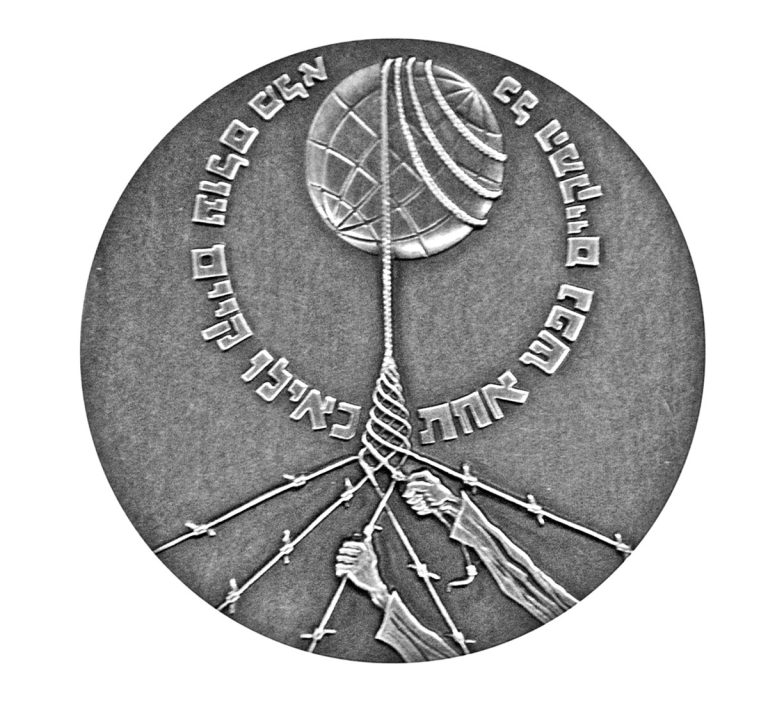
Magda and André Trocmé truly embodied the spirit and mission of International House and exemplified the values of respect, empathy, and moral courage. We are proud to be a part of their story.
Further Reading
- Chalamet, Christophe. Revivalism and Social Christianity: The Prophetic Faith of Henri Nick and Andre Trocme. United Kingdom, Lutterworth Press, 2017.
- Hallie, Philip P. Lest Innocent Blood Be Shed: The Story of the Village of Le Chambon, and How Goodness Happened There. New York: Harper & Row, 1979.
- Thomas, Robert Mcg. “Magda TROCME, 94, Is Dead; Sheltered Victims of Nazis.” The New York Times, The New York Times, 19 Oct. 1996, https://www.nytimes.com/1996/10/19/world/magda-trocme-94-is-dead-sheltered-victims-of-nazis.html.